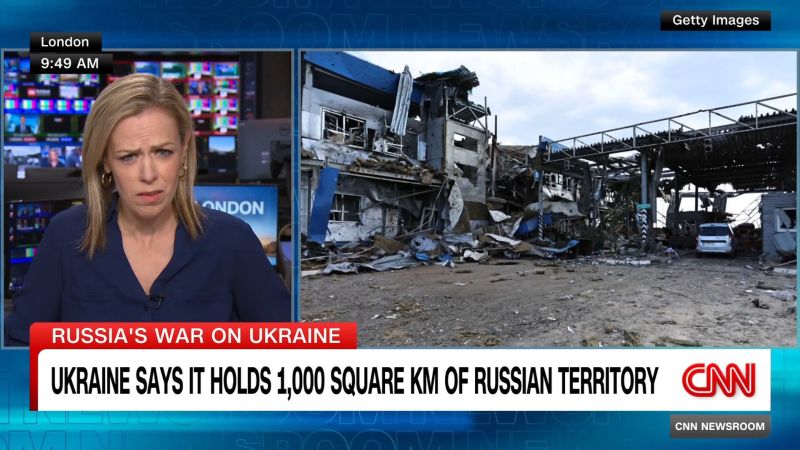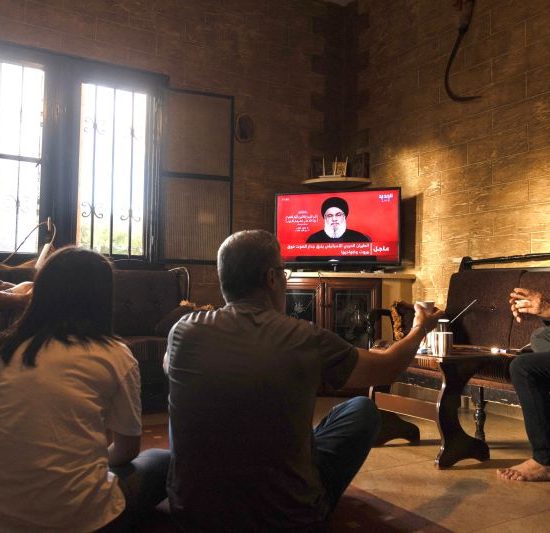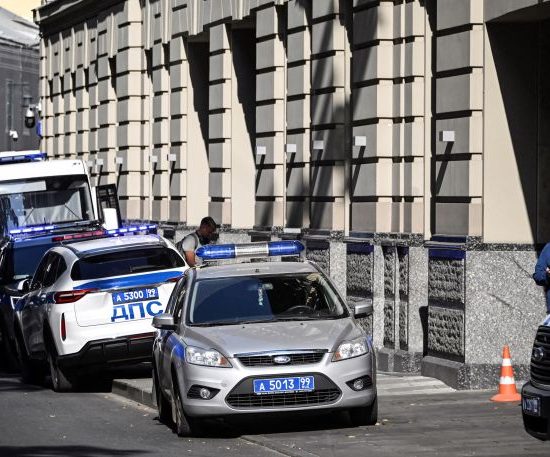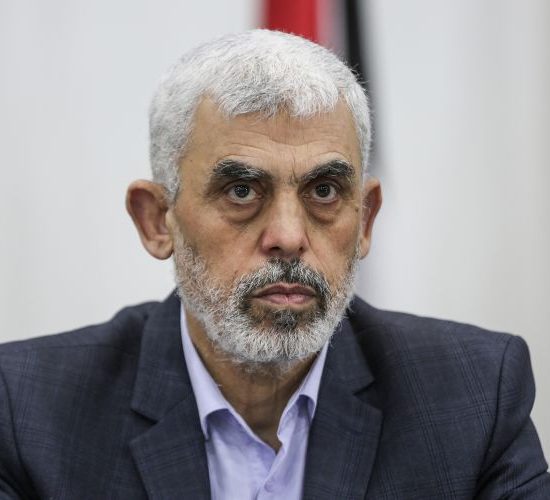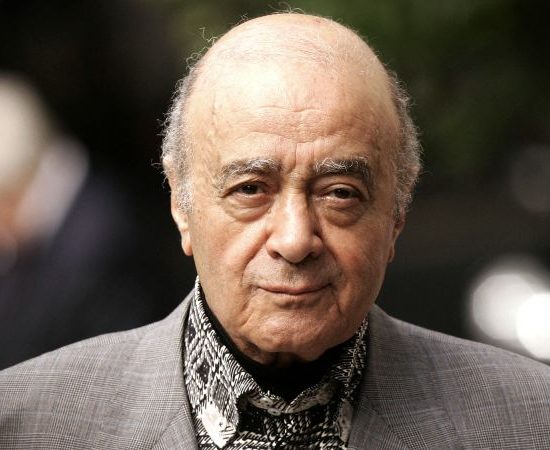Russia’s President Vladimir Putin likes to project himself as a strongman. But his track record of handling recent crises in Russia reveals a different side of his presidential persona: one of paralysis and indecision.
A day and a half after Ukrainian troops stormed a Russian border crossing and continued, almost unimpeded, across the wide green fields of the southern Kursk region, Putin finally made his first public remarks on the matter. He called the incursion a “massive provocation”, accused Ukraine of indiscriminately firing on civilians, and then moved on quickly to other government business, including how to mark Russia’s “Construction Worker’s Day.”
It would take another five days, and the loss of nearly 30 settlements, before he promised a military response. There was no visit to the region to meet the tens of thousands of evacuees, no declaration of martial law.
In March, after the terror attack at the Crocus City concert hall in Moscow, Russia’s deadliest in decades, it took Putin more than 24 hours to address the nation. Despite a claim of responsibility from ISIS-K, he continued to insist that Ukraine, and the West had played a role. The US had in fact warned Russia an attack could be imminent. Putin never visited the site of the attack, or survivors in hospital.
When Evgeny Prigozhin, then the leader of the Wagner mercenary group, launched his aborted mutiny last June, the Russian leader’s response was marked by inconsistency. After initially slamming the incident as “treachery,” Putin left it two days before speaking publicly again, at which point he thanked the Wagner troops involved for standing down, and offered them military contracts. Then he invited Prigozhin to tea at the Kremlin. Two months later Prigozhin was killed in a mysterious plane crash in Russia.
More distant parallels are also easy to find, and Putin chose this week to highlight one himself. For the first time in 16 years he visited School No.1 in Beslan, more than a week before the 20th anniversary of the terror attack on the school that killed more than 300 people, many of them children. In 2017 the European Court of Human Rights found that not only had the Russian authorities failed to act on prior knowledge of an imminent attack, but that the security operation was “disorganized and suffered from a lack of leadership.”
Shock offensive left Kremlin reeling
Experts say Russia’s military response in Kursk has somewhat mirrored the fumbling reactions of its president.
Battlefield accounts have backed up the sense that a motley selection of Russian troops were rushed in, as Moscow grappled with the dilemma of how to balance defending its own soil with keeping up the slow momentum on the eastern front. Ukrainian officials said some troops were redeployed from Kharkiv region and the southern front. Chechen leader Ramzan Kadyrov claimed early on that his special forces unit, the Akhmat brigade, had been deployed. Naval infantry officers from the Black Sea fleet in Crimea are also involved.
The diverse groupings complicated Russian efforts to coordinate its resistance, with one pro-Russian military blogger even noting on August 14 that Ukraine was deliberately creating disruptions and then retreating, “taking advantage of the fact that our diverse forces, who don’t always have good communications with each other, were activated to repel this invasion.”
Russia’s bureaucratic response to the incursion has been equally unwieldy. Defense Minister Andrei Belousov set up a coordinating council to handle security in the border regions and this week announced he was dividing up responsibilities between no fewer than five different officials.
This, according to the Institute for the Study of War, “will likely create additional confusion within the Russian MoD and friction among the Russian MoD, FSB, and Rosgvardia [Russia’s national guard], all of which are attempting to operate in Kursk Oblast,” and could jeopardize Russia’s ability to mount an effective counterattack.
Ryan, the Australian retired general, agrees Russia is moving beyond the initial knee-jerk response phase, and it should start to look more organized in the days and weeks ahead. But, he believes the past two weeks have also laid bare Putin’s priorities and his own people are not currently top of the list.
“The decision will be Putin’s: What is the most dangerous to him? Ukrainians in Kursk or not succeeding in the Donbas. I think at the moment he’s decided that it’s more dangerous to not make this progress in the Donbas than to throw everything at Kursk.”
Experts agree the Kursk incursion has not fundamentally changed Putin’s overarching strategy of attrition – to exhaust Ukraine, and try to outlast its allies. And yet, Ukraine’s surprise move has emboldened those who had previously questioned the West’s policy of limiting certain types of military aid, and their use inside Russia.
And that may well have been part of Ukraine’s strategy. On August 19, Ukrainian President Volodymyr Zelensky allowed his closely held veil of gratitude towards his Western allies to lift momentarily.
“The entire naïve, illusory concept of so-called red lines regarding Russia, which dominated the assessment of the war by some of our partners, has crumbled these days somewhere near Sudzha,” he told a gathering of Ukrainian diplomats, referring to a Russian town that Ukrainian troops had occupied.
His point is that Western fears that Russia may interpret the use of American or British long-range missiles on its soil as a conventional threat worthy of a nuclear response – Russian nuclear doctrine does allow for this – are now more remote than ever, given its lack of a coherent military response to its first foreign occupation since World War II.
“The current NATO strategy for helping Ukraine is a strategy for defeat. It is just a strategy for perpetuating war and allowing Russia to wait us all out,” said Ryan. “We need a fundamental reassessment.”
Former Russian diplomat Bondarev argues Putin’s own reaction serves as further proof that the West needs to formulate a more robust response to Putin’s aggression.
“And that’s why he should not be feared so much.”

